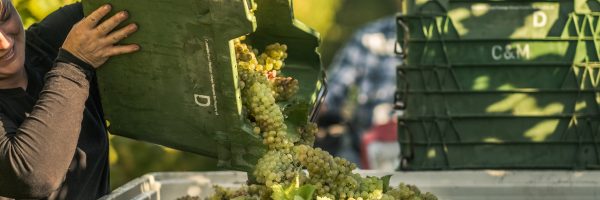GREAT EASTERN WINE WEEK – TICKET SALES LIVE 11 JULY


ABOUT
East Coast Tasmania is one of Australia’s most scenic regions, combining white-sand beaches and turquoise waters, set against dense native bushland with stretches of vineyards further inland. A road trip on the East Coast Wine Trail passes long deserted beaches and picturesque seaside towns, and winds through countryside dotted with award-winning family-owned vineyards.
The East Coast Wine Trail stretches all the way from Orford in the south to the area around St Helens in the north. We are one of the state’s premier wine-growing regions, known for its fine cool climate varieties.
When exploring this rugged coastline and its historical towns, come hungry because this luscious pocket is laden with incredible food and wine. The region is renowned for its pinot noir, riesling and chardonnay, which are elegant, crisp and complex examples of these classic styles. Expect cellar doors in quirky homesteads and convict-built stables and be prepared to enjoy a view with your wine.
The stunning region is home to passionate, quality-focused vignerons and winemakers who are putting their own stamp of individuality and drinkability across their wines, which pair exceptionally well with local oysters, cheese, meats and fresh produce.

HISTORY
Grape vines were first planted on Tasmania’s East Coast more than 180 years ago. In 1833 an early Falmouth settler, William ‘Dollar’ Steel established a small vineyard at his farm. Unfortunately, he drowned soon after but his son tended the vineyard which was flourishing nearly twenty years later. Around 1880 Swansea farmers were reportedly making wine and selling it in Hobart.
Half a century later, a chance visit to the old convict settlement of Darlington on Maria Island, convinced flamboyant silk merchant Angelo Bernacchi of its suitability to plant vineyards there. A most ambitious experiment in Tasmanian viticulture history! By 1886 he claimed to have 40 acres under vines in two vineyards, with more than 50,000 vines either planted out or in his nursery. Poor site selection and low yields frustrated his best efforts so a year later he was back in England.
A gambler by nature, many contemporaries saw him as a charlatan, exploiting a gullible government with promises of economic investment and growth that he could not keep, but more recently the historian, Tony Walker, has challenged that verdict, instead claiming Bernacchi as a man ahead of his time, as an enthusiastic promoter of East Coast wine who, with better luck and planning, could have reshaped the Tasmanian wine industry.
The origins of the modern industry in Tasmania’s East Coast Wine Region date from the plantings at Bream Creek by Bob Menary, with support from Claudio Alcorso (Moorilla /now MONA) in 1972, followed in 1979 by John Austwick’s Craigie Knowe vineyard near Cranbrook and Geoff and Susan Bull at Freycinet Vineyard the same year.
Today, there are around 22 vineyards producing almost 100 unique wines across the East Coast wine region.

CLIMATE & SOIL
The East Coast is probably the warmest area in Tasmania with summer temperatures often one or two degrees hotter than in Hobart and the rest of Tasmania. Rainfall is low and the last 25 years have seen a steady decrease in yearly totals.





